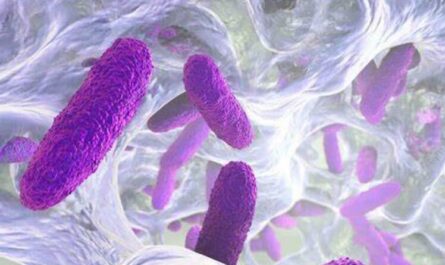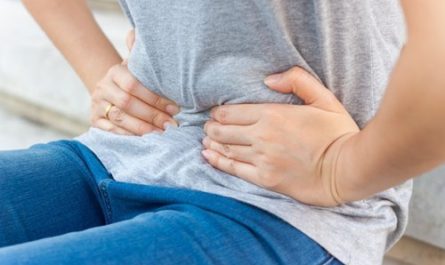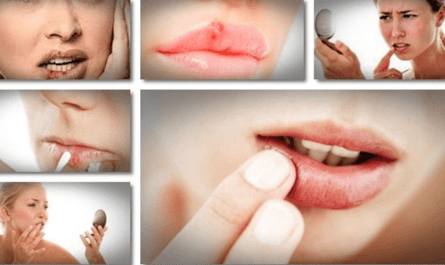Itchy palms can be an annoying and frustrating sensation that leaves you constantly wanting to scratch. While an old superstition says that itchy palms mean money or good luck is coming your way, the reality is usually far less exciting. In most cases, itchy palms are caused by dry skin, eczema, allergies, or irritation. However, in some instances, itchy palms can be a sign of an underlying health condition that requires medical attention. In this article, we’ll discuss 12 common causes of itchy palms with treatment.
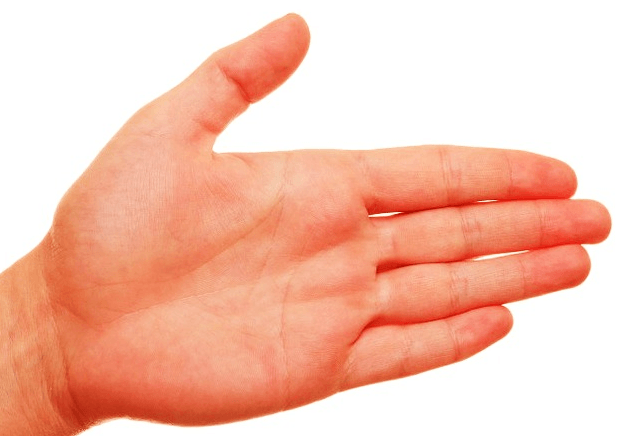
Itchy Palm: 12 Common Causes with Treatment
1. Dry Skin
One of the most frequent reasons for itchy palms is simply dry skin. This is especially common in the winter months when the air is dry and cold, sucking moisture out of the skin. Frequent hand washing, while important for hygiene, can also contribute to dry, itchy skin by stripping away the skin’s natural oils.
To combat dry skin, apply a thick, fragrance-free moisturizing cream or ointment immediately after washing your hands. Look for ingredients like glycerin, shea butter, and hyaluronic acid which help hydrate and protect the skin’s barrier. Wearing gloves when washing dishes or cleaning can also prevent further drying and irritation.
2. Contact Dermatitis
Contact dermatitis is a type of eczema triggered by touching an irritating or allergenic substance. Symptoms include a red, itchy rash that may blister or peel. Common culprits include harsh soaps, cleaning products, latex gloves, metals like nickel in jewelry, and plants like poison ivy.
If you suspect your itchy palms are due to contact dermatitis, wash the area with mild soap and apply a cool compress or hydrocortisone cream to calm the itch. Make sure to avoid the triggering substance in the future and consider patch testing to identify your specific allergens.
3. Dyshidrotic Eczema
Dyshidrotic eczema, also called pompholyx, is a type of eczema that causes small, intensely itchy blisters to appear on the palms, fingers, and sometimes the soles of the feet.
The blisters are often deep-seated and may be filled with fluid. Triggers include stress, allergies, moist hands and feet, and contact with irritants like nickel or cobalt.
Treatment involves applying topical corticosteroids to reduce inflammation and itch. Keeping the hands and feet dry, managing stress, and avoiding triggers are also key. In severe cases, oral steroids, light therapy, or immunosuppressants may be needed.
4. Psoriasis
Psoriasis is an autoimmune condition that speeds up skin cell growth, resulting in thick, red, scaly patches that can be itchy and sore. When psoriasis affects the palms, it’s called palmoplantar psoriasis. Palmar psoriasis can cause the skin to thicken, crack, and bleed.
Psoriasis treatment depends on severity but may include topical corticosteroids, vitamin D analogs, coal tar, light therapy, and oral or injectable medications that target inflammation. Keeping the skin moisturized and avoiding triggers like stress and skin injury is also important.
5. Scabies
Scabies are a contagious skin condition caused by tiny mites that burrow into the skin and lay eggs, leading to an intensely itchy rash. The mites often target the hands and can cause itchy bumps and lines to form on the palms and between the fingers. Scabies are spread through prolonged skin-to-skin contact with an infected person.
Scabies require prescription treatment with topical insecticides like permethrin or oral ivermectin Washing all clothing, bedding, and towels in hot water is also necessary to prevent re-infestation. Family members and close contacts should be treated at the same time.
6. Fungal Infections
Fungal infections like tinea manuum can affect the palms, causing an itchy, red, scaly rash to form. These infections are often picked up from public showers, pools, or shared personal items. Warm, moist environments allow the fungus to grow.
Over-the-counter and prescription antifungal creams can clear the infection. Keeping the hands clean and dry, wearing moisture-wicking gloves, and not sharing personal items can help prevent fungal infections of the palms.

7. Nerve Disorders
Certain nerve disorders like carpal tunnel syndrome, peripheral neuropathy, and multiple sclerosis can cause itching, tingling, and numbness in the palms. With carpal tunnel, itching is often worse at night. Diabetes is a common cause of peripheral neuropathy.
Treatment targets the underlying nerve condition and may include splinting, corticosteroid injections, medications to reduce nerve pain and itch, and managing blood sugar levels in the case of diabetes.
8. Medications
Some medications can cause itching as a side effect, either by directly irritating the skin or through systemic mechanisms.
Common offenders include antibiotics, narcotic pain relievers, and diuretics. Certain cancer therapies can also lead to hand-foot syndrome which causes redness, swelling, and itching on the palms and soles.
If you suspect a medication is causing your itchy palms, talk to your doctor. They may be able to prescribe an alternative drug or offer strategies to manage the itch. Taking an antihistamine can also help relieve medication-induced itching in some cases.
9. Liver Disease
Itching, medically known as pruritus, is a common symptom of liver diseases like cirrhosis, hepatitis C, and primary biliary cholangitis.
The itching is often worse on the palms and soles and maybe most intense at night. Researchers believe the itch is caused by the buildup of bile salts and other chemicals in the skin.
Treatment focuses on managing the underlying liver disease and may include ursodeoxycholic acid, cholestyramine, naltrexone, or sertraline to help with the itch. Topical capsaicin, cold compresses, and light therapy can also provide relief.
10. Pregnancy
Some women develop itchy palms during pregnancy, especially in the third trimester. This is often due to a condition called intrahepatic cholestasis of pregnancy (ICP) which impairs the flow of bile in the liver. ICP increases the risk of fetal complications, so prompt diagnosis and monitoring is essential.
Treatment may include ursodeoxycholic acid to improve bile flow and reduce itching. Antihistamines, topical corticosteroids, and cold compresses can also help manage symptoms. The itching and other symptoms typically resolve after delivery.
11. Menopause
During menopause, decreasing estrogen levels can lead to dry, itchy skin, especially on the palms, soles, and scalp. Other skin changes like thinning, sagging, and wrinkling are also common during this time.
Using a rich moisturizer, shortening shower time, sleeping with a humidifier, and taking an oral omega-3 supplement can help combat menopausal dry skin. Topical estrogen therapy may also be recommended for genital itching and dryness.
12. Skin Cancer
In rare cases, itchy palms can be a sign of skin cancer, particularly cutaneous T-cell lymphoma or Sézary syndrome. These cancers cause flat, red, itchy patches to form on the skin.
The itching is often severe and unrelenting. Other symptoms may include enlarged lymph nodes, hair loss, and thickening of the palms and soles.
Diagnosis involves skin biopsy and blood tests. Treatment depends on the stage of the cancer but may include topical corticosteroids, chemotherapy, radiation, light therapy, and targeted medications.
12 Best Home Remedies for Itchy Palm
Here are the 12 best home remedies for itchy palms:
1. Aloe Vera Gel
Aloe vera gel is a natural remedy widely known for its soothing and healing properties. It can help relieve itching and inflammation in the palms.
Extract fresh aloe vera gel from the leaves of the plant and apply it directly to the affected area. Leave it on for 15-20 minutes and rinse with cool water. Repeat this remedy twice daily for best results.
2. Coconut Oil
Coconut oil has moisturizing properties that effectively reduce itching and dryness in the palms.
Gently warm coconut oil and massage it onto your palms in circular motions. Let it absorb into the skin for about 30 minutes before washing it off. Repeat this remedy daily to keep your palms well-hydrated and itch-free.
3. Oatmeal
Oatmeal is known for its soothing and anti-inflammatory properties, making it an excellent remedy for itchy palms.
Prepare an oatmeal bath by adding a cup of finely ground oatmeal to warm bathwater. Soak your palms in the oatmeal bath for 15-20 minutes. The oatmeal will help relieve itchiness and leave your palms feeling refreshed.
4. Baking Soda
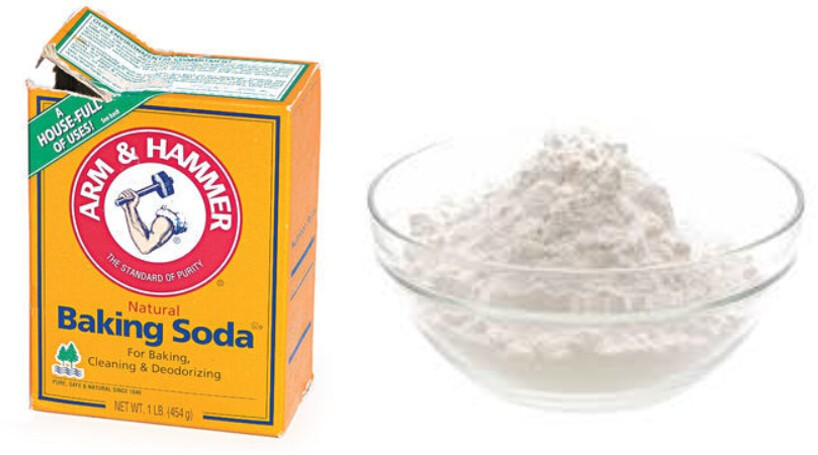
Baking soda can relieve itchy palms by balancing the skin’s pH levels and reducing inflammation.
Mix equal parts of baking soda and water to create a paste. Apply the paste to the affected area and leave it on for 10-15 minutes. Rinse it off with warm water. Use this remedy once or twice a day until the itchiness subsides.
5. Cold Compress
A cold compress can help alleviate itchiness and reduce swelling in the palms. Wrap a few ice cubes in a clean cloth and apply it to the itchy area for 5-10 minutes.
The cold temperature will numb the area and provide temporary relief from itching. Repeat this remedy as needed throughout the day.
6. Witch Hazel
Witch hazel is a natural astringent that can help soothe itchy palms and reduce inflammation. Soak a cotton ball in witch hazel and apply it to the affected area.
Leave it on for 10-15 minutes before rinsing it with cool water. Witch hazel can be used multiple times a day to relieve itchiness.
7. Tea Tree Oil
Tea tree oil has antimicrobial and anti-inflammatory properties that can help relieve itchiness and prevent infection. Mix a few drops of tea tree oil with a carrier oil like coconut or olive oil.
Apply the mixture to the itchy palms and massage gently. Leave it on for 30 minutes before washing it off. Repeat this remedy twice a day for optimal results.
8. Apple Cider Vinegar
Apple cider vinegar can help balance the skin’s pH levels and provide relief from itchy palms. Mix equal parts of apple cider vinegar and water in a bowl.
Soak a cotton ball in the mixture and apply it to the affected area. Leave it on for 15 minutes before rinsing it off. Use this remedy once or twice a day to reduce itchiness.
9. Chamomile Tea
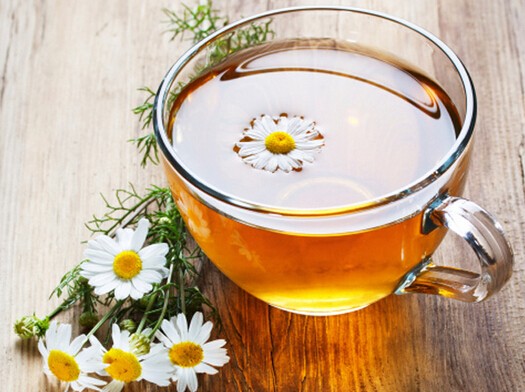
Chamomile tea has soothing properties that can help calm itchy and irritated skin. Brew a cup of chamomile tea and let it cool down.
Dip a clean cloth into the tea and apply it to the itchy palms. Leave it on for 10-15 minutes. Chamomile tea can be used several times a day for relief from itching.
10. Epsom Salt
Epsom salt can help reduce inflammation and provide relief from itchy palms. Dissolve half a cup of Epsom salt in warm water. Soak your palms in the solution for 15-20 minutes. The Epsom salt will help soothe the itchiness and promote healing. Repeat this remedy as needed.
11. Calamine Lotion
Calamine lotion is a popular remedy for relieving itchiness and irritation in the palms. Apply a thin layer of calamine lotion to the affected area and let it dry. The lotion will create a protective barrier and provide relief from itching. Reapply the lotion whenever necessary.
12. Peppermint Oil
Peppermint oil has cooling and soothing properties that can help alleviate itchiness in the palms. Mix a few drops of peppermint oil with a carrier oil and apply it to the itchy area.
Massage gently for a few minutes and leave it on. Peppermint oil can be applied multiple times a day for relief from itching.
FAQs
1. Can I use these home remedies if I have sensitive skin?
Yes, most of these home remedies use natural ingredients that are gentle on the skin. However, it’s always advisable to perform a patch test before applying any remedy to avoid an adverse reaction.
2. Can itchy palms be a sign of an underlying health condition?
In some cases, itchy palms can be a symptom of an underlying health condition. If the itching persists or is accompanied by other unusual symptoms, it’s recommended to consult a healthcare professional for a proper diagnosis.
3. Are there any preventive measures for itchy palms?
Maintaining good hand hygiene, avoiding irritants, wearing gloves when working with chemicals or allergens, and moisturizing regularly can help prevent itchy palms.
4. Can I combine multiple home remedies?
Yes, you can try combining different home remedies to find the best solution for your itchy palms. However, testing each remedy individually is essential to identify any potential allergies or adverse reactions.
5. When should I seek medical help for itchy palms?
If the itchiness persists or worsens despite trying home remedies, or if you experience other concerning symptoms, it’s advisable to seek medical assistance for a proper evaluation and guidance.
The Bottom Line
Itchy palms are a common complaint with a wide range of potential causes. While most cases of itchy palms are not serious and can be managed with over-the-counter remedies, it’s important to pay attention to other symptoms and see a doctor if the itching persists or interferes with daily life.


